As we get older, the skin around our eyes goes through changes that really affect how we look, and in extreme cases, it might even affect how well we can see on the sides. When we reach our late 30s or early 40s, the skin starts to lose some of its stretchiness because it makes less of a protein called collagen. This can lead to drooping around the outer part of the eyelids, making us seem tired or sad. But the good news is that eyelid surgery can help bring back a more youthful appearance.
The skin around our eyes is already pretty thin, and as we age and make less collagen, it loses support. This lack of support makes the eyelids start to sag, and sometimes the skin can even fold over the edges, making it hard to see on the sides. Some people might have naturally puffy eyelids from their genes, which makes them more likely to sag. If you’re dealing with issues like these, you’re not alone. In today’s blog post, let’s find out how Blepharoplasty can make a difference for ageing eyes.
What Is Blepharoplasty?
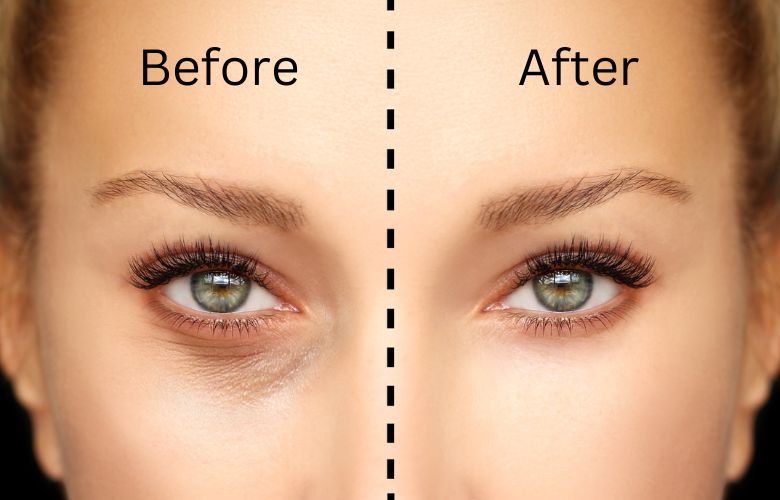
Blepharoplasty is a kind of plastic surgery that fixes problems with the eyelids and improves how the eyes look on the face. This surgery deals with issues like defects, deformities, or things that might make the eyelids not look right. The goal is not only to fix these problems but also to make the eye area of the face look better. The surgery involves working on both the upper and lower eyelids to make fine lines and wrinkles around the eyes less noticeable or get rid of them.
Blepharoplasty stands as an effective method for facial rejuvenation without the necessity for extensive surgery. It often happens right in the doctor’s office, and sometimes you can get it done on the same day as your visit. They use local anaesthesia to numb the area, so you won’t feel anything. The whole process usually takes about 1 to 2 hours, but that can vary based on different factors. This means you can acquire a new look without making a big deal out of it, making blepharoplasty a simple option for improving your eyelids.
Types Of Blepharoplasty
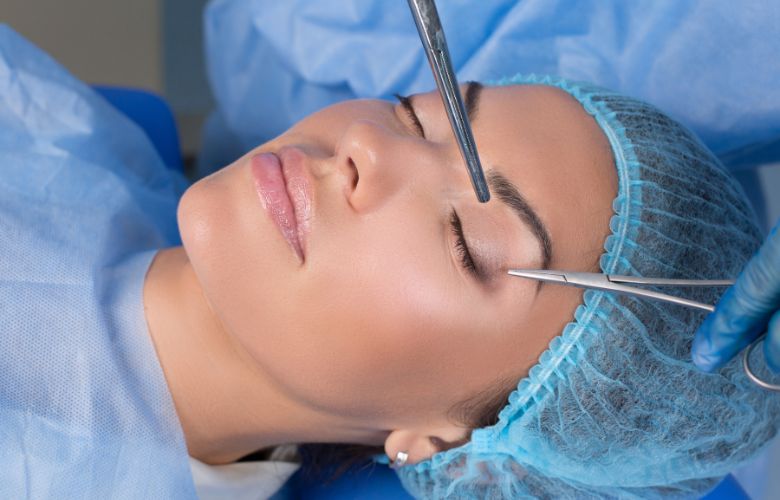
Upper Blepharoplasty
Upper blepharoplasty is a procedure that rejuvenates the top eyelids by addressing common issues such as droopiness, puffiness, and wrinkles. These issues might lead to an appearance that appears elderly, weary, or depressed all the time. Upper blepharoplasty seeks to restore a more youthful appearance while also improving the overall aesthetic balance of the upper face by precisely addressing these elements.
Lower Blepharoplasty
As the ageing process unfolds, reduced muscle elasticity below the eyes can result in the development of baggy lower eyelids, often followed by dark circles and wrinkles. Lower blepharoplasty is designed specifically to address these visible signs of ageing. The technique involves removing extra skin, fat, and muscle looseness in the lower eye area to achieve a smoother, more youthful shape.
Double Eyelid Surgery
This treatment, often known as “Asian eyelid surgery,” is designed for those who have monolid eyes and want to improve the appearance of their upper eyelids. A characteristic upper eyelid crease is created after double eyelid surgery, leading to a more defined and open-eyed appearance. This cosmetic option enables the improvement of the eye contour to be modified.
Full-Incisional Technique
The full-incisional procedure is a complex method in which the surgeon makes precise incisions in the eyelid. This thorough procedure removes extra fat, skin, and other soft tissues. Finally, the skin and muscles are carefully attached to the tarsus, a strong connective tissue within the eyelid. This complete strategy successfully resolves various eyelid issues, resulting in a uniform and well-defined outcome.
Bilateral Eyelid Surgery
Bilateral eyelid surgery, also known as combined blepharoplasty, combines upper and lower blepharoplasty operations into a single comprehensive treatment. This method is advised for people who have sagging and puffiness in both their upper and lower eyelids. By addressing both areas at the same time, the surgeon aims to produce an even and symmetrical rejuvenation for a more natural facial appearance.
Transconjunctival Eyelid Surgery
Transconjunctival eyelid surgery is mainly done to minimise puffiness and swelling by specifically targeting extra fat pockets around the eyelids. People who believe their eyes are causing them to age early frequently opt for this surgery. Transconjunctival eyelid surgery seeks to rejuvenate the appearance by addressing particular issues surrounding the eye area.
Suture Technique (DST)
The suture technique, commonly known as the double suture and twisting technique (DST), involves strategically placing sutures on the eyelids. This exact technique seeks to compress the upper lid structure, resulting in a natural-looking crease. The outcome is an improved eyelid shape that appears both renewed and gently defined, providing a subtle enhancement to overall eye attractiveness.
Why And When To Consider Blepharoplasty
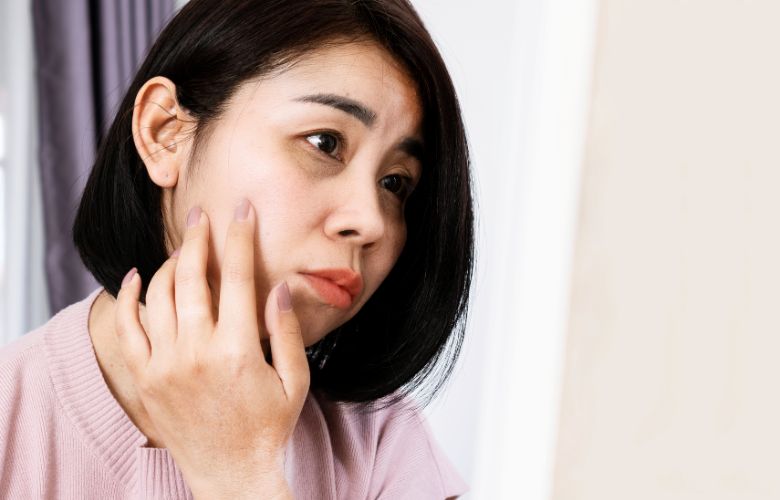
Blepharoplasty, commonly referred to as eyelid surgery, emerges as a versatile solution addressing both functional and aesthetic concerns associated with the eyes. The decision to choose blepharoplasty often arises from several key factors, each contributing to an individual’s unique considerations. Blepharoplasty is commonly performed to remove excess skin from the upper eyelids, which can hinder a person’s peripheral vision. As we age, the loss of skin elasticity causes the formation of heavy or puffy eyelids, which affects both look and functionality. Furthermore, many who have sagging or drooping upper eyelids find blepharoplasty to be a desirable option for regaining a more young and rejuvenated appearance.
Individuals who have under-eye issues, such as bags and extra skin in the lower eyelids, are more likely to choose blepharoplasty. The technique addresses these concerns by removing or distributing extra tissue, leaving the under-eye area smoother and more bright. Furthermore, the cosmetic component is important, with some people opting for blepharoplasty exclusively for cosmetic reasons. These decisions are driven by a desire for brighter, more awake, and youthful-looking eyes.
The decision to get blepharoplasty requires careful consideration of several variables. Aging and the resulting loss of skin elasticity are major factors, particularly when sagging eyelids impair vision. The surgery is also useful for addressing cosmetic desires, giving people the opportunity to improve their overall facial looks. The adaptability of blepharoplasty is further emphasised by its compatibility with other face treatments, allowing for a more comprehensive approach to enhancing the appearance of the face. The decision to undergo blepharoplasty is based on a tailored assessment of functional and esthetic features, making it a comprehensive treatment for a variety of eyelid-related problems.
The Blepharoplasty Procedure: A Step-by-Step Guide
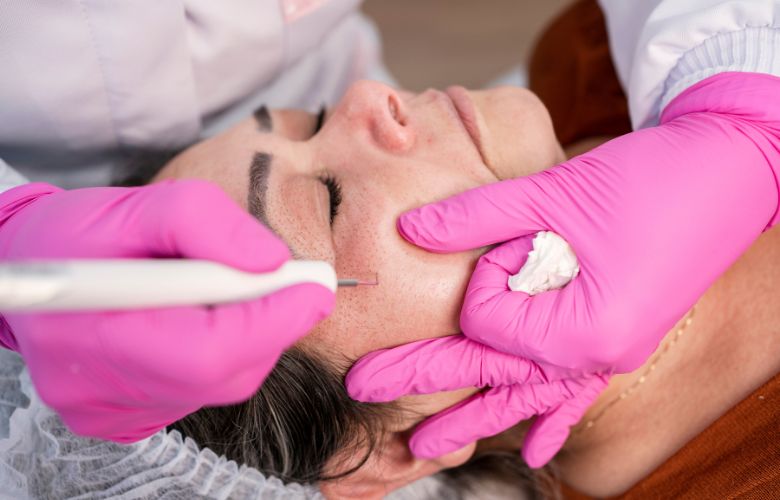
Before The Procedure
Blepharoplasty is typically conducted on an outpatient basis, ensuring a convenient and efficient process. Before the surgery begins, you may receive medications such as injections into the eyelids to numb the area and intravenous (IV) drugs to induce relaxation, promoting a comfortable experience during the procedure.
During The Procedure
The surgeon makes an incision along the natural fold of the eyelid to remove the upper eyelids. Excess skin, muscle, and fat are carefully removed to restore a more youthful appearance. The incision is then carefully closed. The surgeon creates an accurate incision on the lower lid, either just below the lashes in the natural crease of the eye or inside the lower lid. Excess fat, muscle, and drooping skin are removed, and the wound is carefully closed. When the upper eyelid droops near the pupil, the surgeon may combine blepharoplasty with ptosis, a technique that lifts the eyelid while removing unnecessary skin.
After The Procedure
After the procedure, you will be followed by medical professionals in a recovery room for any potential issues. You are usually allowed to return home later that day to continue your recovery. You may suffer temporary side effects such as blurred vision due to the lubricating cream given to your eyes, watery eyes, light sensitivity, double vision, and puffy, numb eyelids post-surgery. It’s normal to have swelling and bruising that looks like black eyes after the procedure, and you might feel a bit of pain or discomfort. These are just temporary side effects and part of the normal healing process.
Recovery And Healing
The initial postoperative time entails careful self-care. While some soreness, swelling, and bruising are to be expected, these symptoms will go away gradually. Your surgeon will schedule follow-up consultations to check your progress and guarantee optimal healing. It is critical to follow any post-operative care instructions offered by your medical team, which may include avoiding strenuous activity and taking prescribed pain medications.
Here’s How Blepharoplasty Can Help With The Aging Eye
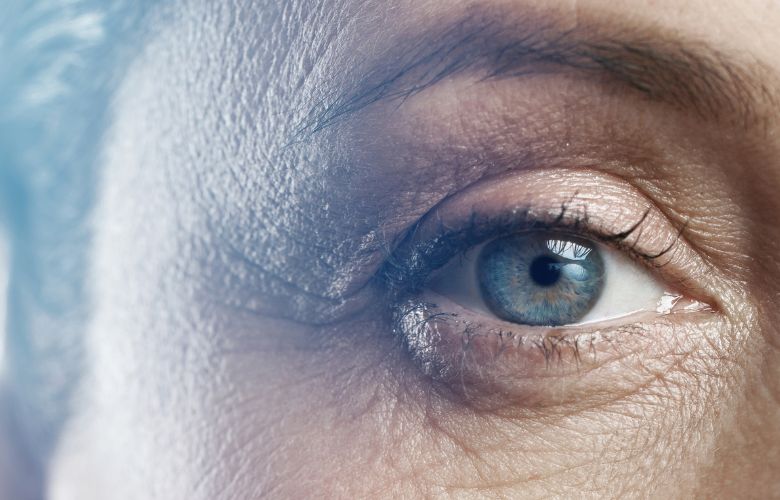
Blepharoplasty is a surgical procedure that can help address the visible signs of ageing around the eyes. As we age, the skin around our eyes loses elasticity, leading to sagging and drooping. This can create a tired or sad appearance, even when we feel energetic and happy. Blepharoplasty can help counteract these effects by removing excess skin and adjusting the underlying muscle. This results in a more youthful and lifted appearance, making the eyes appear brighter, more alert, and harmoniously refreshed.
In addition to correcting drooping skin, Blepharoplasty addresses puffiness and bags beneath the eyes, which can become more noticeable with age due to changes in fat distribution. The procedure involves transferring or removing excess fat from the under-eye area, resulting in a smoother and more youthful appearance. This can help reduce the look of dark circles under the eyes, making them appear more awake and revitalised.
Along with cosmetic improvements, blepharoplasty can also offer functional benefits. In instances where sagging upper eyelids obstruct peripheral vision, the surgery can lift the eyelids, enhancing sightlines and addressing vision-related concerns associated with ageing. Blepharoplasty is a highly adjustable technique that allows surgeons to customise the treatment for each individual’s ageing eyes. Because of its adaptability, blepharoplasty is an effective and comprehensive method for treating the obvious indications of ageing, providing both cosmetic and practical benefits for a more youthful appearance.
How Much Does Blepharoplasty Cost?

Blepharoplasty, or eyelid surgery, comes with a cost that can vary based on multiple factors. Starting around $4000 is a general idea, but this number can go up or down. The actual expense depends on factors such as the surgeon’s experience, the geographical location of the surgical facility, facility fees, anaesthesia costs, and any additional pre- or post-operative expenses. The best blepharoplasty surgeon’s expertise and the complexity of the procedure can significantly influence the final cost, making it essential for individuals to obtain personalised estimates during consultations.
Sometimes, insurance might cover eyelid surgery if it’s needed for medical reasons, like fixing vision problems. But if the surgery is only to make someone look better, insurance usually won’t cover it. If you’re thinking about getting blepharoplasty, it’s a good idea to talk to your surgeon about the cost. They can give you a better idea of how much it might actually cost based on what you specifically want to achieve with the surgery.
Conclusion
Blepharoplasty is a popular cosmetic operation that can help improve the appearance of ageing eyes. As we age, the skin around our eyes can start to sag, leading to wrinkles and even vision problems. However, with the help of a skilled surgeon, blepharoplasty can work wonders in restoring a more youthful appearance and even improving vision. It’s important to choose a surgeon with the right credentials or a Board-Certified surgeon to ensure a safe and personalised experience. With their expertise, they can address issues like extra skin or muscles to give you a more vibrant and lively look. So, if you’re considering blepharoplasty, partnering with a skilled surgeon can help you achieve the results you desire.



